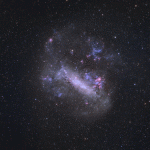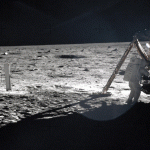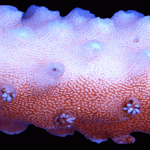
Astronomers have assembled a new portrait of the stars. Image: NASA, ESA, G. Illingworth, D. Magee, and P. Oesch (University of California, Santa Cruz), R. Bouwens (Leiden University), and the HUDF09 Team
We can now see further into the skies than ever before.
The Hubble Space Telescope has made repeat visits to a tiny patch of sky throughout the last 10 years, collecting over 2,000 images over a total of 50 days with a total exposure time of two million seconds. Astronomers have now combined these images to create eXtreme Deep Field (XDF), the deepest image ever taken of our Universe.
Approximately 5,500 galaxies can be seen in the image, including our neighbouring Andromeda Galaxy, spiral galaxies similar to the Milky Way and fuzzy red galaxies where new star formation has ceased. The repeated exposures have enabled the telescope’s infrared camera to capture faint galaxies that are one ten-billionth the brightness of what the human eye can see.
This is also a glance back into the Universe’s distant past, as the XDF reveals galaxies that span back 13.2 billion years in time — an impressive feat when you remember that the Universe itself is estimated to be 13.7 billion years old. So most of the galaxies we can see in this image would have been young, small and growing as they collided and merged.

This illustration separates the XDF into three planes that reflect the evolution of the Universe. Image: NASA, ESA, and Z. Levay, F. Summers (STScI)






